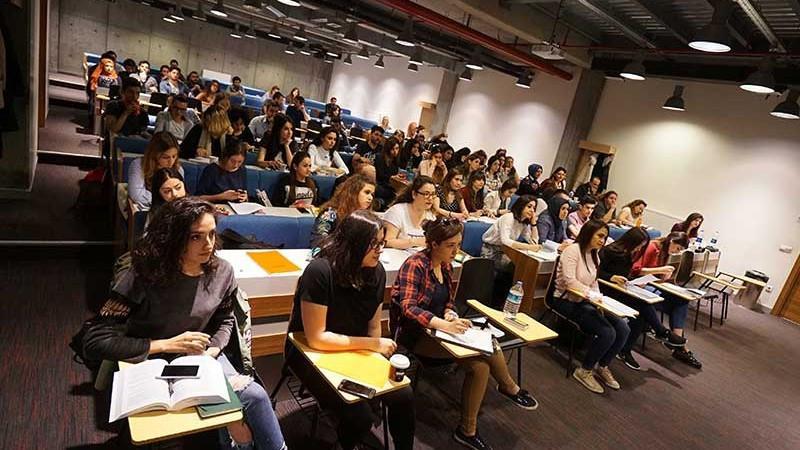
The occupancy rate at Türkiye’s private universities has dropped to its lowest level in five years, according to the results of the country’s nationwide university entrance exam, Higher Education Institutions Exam (YKS), which determines student placements.
Only 75.8 percent of available spots at private institutions were filled this year, a sharp decline from last year’s 91.1 percent, while public universities reached a 99 percent occupancy rate.
The figures reveal that 779 university programs — 630 at the undergraduate level and 149 at the associate degree level — did not attract a single applicant. Even prestigious programs such as law, medicine, pharmacy and architecture at some private universities were left vacant. Seats reserved primarily for students from Turkish Cyprus also went unfilled.
The downturn was not confined to private universities. In 25 public institutions, including Aksaray, Bartın, Bayburt and Sivas Cumhuriyet universities, not a single student enrolled in science education programs.
Yet the gap between public and private institutions remains striking. While demand for state universities has remained robust, private universities, particularly those in Istanbul, have been hit hard by rising costs and an oversupply of places.
At several private institutions — including OSTİM Technical, Rumeli, Beykoz, Istanbul Gelişim, Istanbul Beykent and Altınbaş universities — occupancy fell below 55 percent.
By contrast, some of the country’s most established private universities, such as Bilkent, Koç, Sabancı, İbn Haldun and Antalya Bilim, maintained 100 percent enrollment.
Experts attribute the decline primarily to economic factors. “This is a structural crisis for private universities,” said a statement by University Research Laboratory (ÜniAr), which monitors higher education data.
“The core reasons are high tuition fees, inflated quotas and students becoming more selective. The strongest demand continues to be for scholarship programs, while fee-paying and partially discounted programs are struggling.”
Education specialist Salim Ünsal stressed the financial burden facing families. “Tuition fees have risen significantly, while the number of available places has also increased. Many families calculate that it would take 15 to 20 years to recover these costs after graduation. As a result, they are simply not sending their children.”
The financial consequences for private universities are severe. Had they achieved full capacity, they would have generated 64.7 billion Turkish Liras ($ 1.58 billion) in revenue. With the occupancy rate at 76 percent, the figure fell to 47 billion liras, and after additional discounts and scholarships, it is expected to drop below 40 billion.